FUNDING CUTS IMPACT CT HUMANITIES: Help CT Humanities navigate recent funding cuts and continue our vital work across Connecticut. All donations made to CTH will be matched dollar-for-dollar up to $50,000. Donate today!
Now Viewing:
Literature
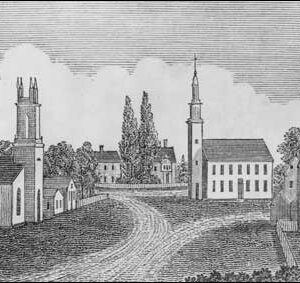
John Warner Barber’s Engravings Chronicle Connecticut History
John Warner Barber chronicled 19th-century Connecticut history through his historical writing and hundreds of engravings—many of which still exist today.
Read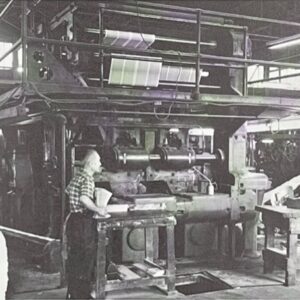
Charlton Publications: Song Lyric Printing Business to Major Player in the Comic Book Industry
By the late 1950s, Charlton Publications was home to some of the most accomplished artists and writers in the comic book industry.
Read
Linonian and Brothers in Unity: The Societies that Built Yale University’s Library
Two undergraduate literary societies, Linonian and Brothers in Unity, donated their large book collections to Yale’s nascent library.
Read
Lillian Hoban: Beloved Illustrator of “I Can Read” Books
Lillian Hoban contributed her talents to nearly one hundred books, securing herself a place as one of the country’s best-loved authors and illustrators.
Read
James Merrill: Connecticut’s First Poet Laureate
As one of the leading American poets of the 20th century and Connecticut’s first poet laureate, James Merrill lived in Stonington for four decades.
Read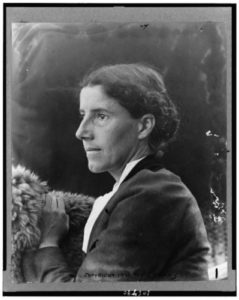
Charlotte Perkins Gilman
Best remembered for her short story “The Yellow Wallpaper,” this Hartford author’s larger legacy is a life dedicated to women’s issues and social reform.
Read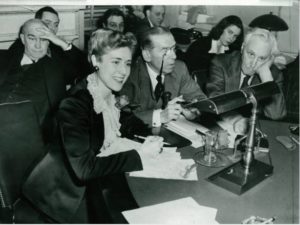
Clare Boothe Luce Changed Perceptions about Women in Business and Politics
Clare Boothe Luce became the first woman to represent Connecticut in the US House of Representatives and later became an ambassador to Italy.
Read
The Road to Busytown: Richard Scarry’s Life in Fairfield County
Inspired by Connecticut communities, Richard Scarry invented and illustrated some of the most beloved characters and communities in children’s literature.
Read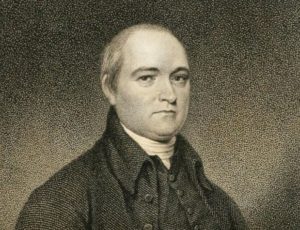
Timothy Dwight Dies – Today in History: January 11
On January 11, 1817, Timothy Dwight (theologian, educator, poet, and eighth president of Yale) died in New Haven, Connecticut.
Read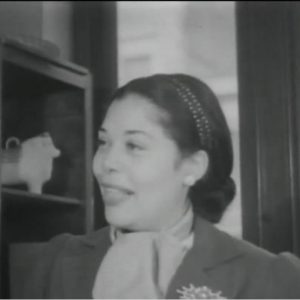
Ann Petry: Old Saybrook’s Bestselling African American Author
Living most of her life in Old Saybrook, Ann Petry was the first African American woman to sell over one million copies of a book with her first novel, The Street.
Read
George Griffin: “Devoted Friend” to Samuel Clemens
Mark Twain wrote The Adventures of Huckleberry Finn and used his “good-natured” and “devoted” servant, George Griffin, as a likely model for one of literature’s most memorable figures—Jim, the runaway enslaved man.
Read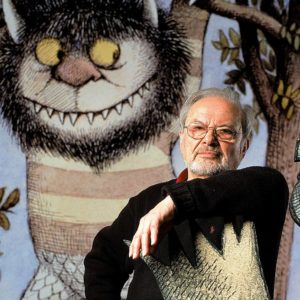
Where the Wild Things Are: Maurice Sendak
Authoring and illustrating dozens of books, such as ‘Where the Wild Things Are’ and ‘In the Night Kitchen,’ Maurice Sendak redefined children’s literature throughout the 20th century.
Read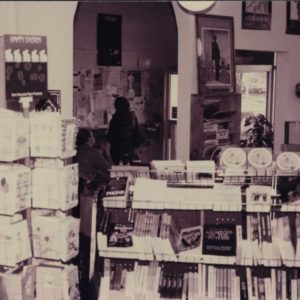
The Reader’s Feast: A Bookstore Ahead of Its Time
For over two decades, The Reader’s Feast was the most progressive independent bookstore in the Hartford area and provided a space for literature, community, food, and affirmation.
Read
Ida Tarbell: The Woman Who Took On Standard Oil
Ida Tarbell became one of the most famous “muckraking” journalists in 19th century America, thanks largely to her investigation of the Standard Oil Company.
Read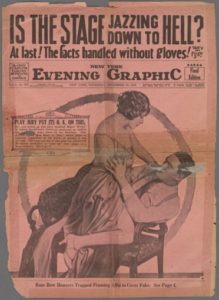
Emile Gauvreau and the Era of Tabloid Journalism
Emile Gauvreau, former managing editor of the Hartford Courant, became a pioneer in the rise of tabloid journalism.
Read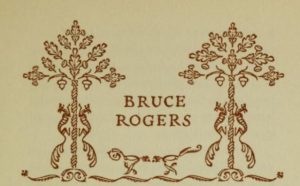
A Revolutionary Book Designer: Bruce Rogers of New Fairfield
Bruce Rogers was a book designer who settled in New Fairfield. Considered one of the great typographers of his time, his masterpiece was the 1936 Oxford Lectern Bible.
Read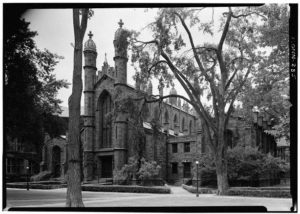
Timothy Dwight Provides Religious, Military, and Educational Services for a Young Country
Timothy Dwight was an influential preacher, poet, and educator who served as a chaplain during the Revolutionary War and later as the president of Yale College.
Read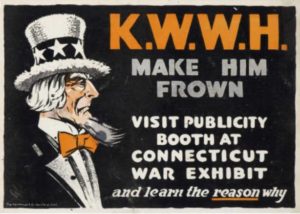
Winning the Great War without Some Books
In April 1918, Governor Holcomb designated English as the only language to be used in teaching and prohibited schools from employing “alien enemies.”
Read
Harriet Beecher Stowe Born – Today in History: June 14
On June 14, 1811, author Harriet Beecher Stowe was born in Litchfield.
Read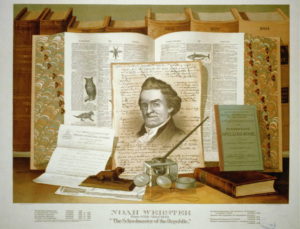
Noah Webster and the Dream of a Common Language
Best remembered for the dictionary that now bears his name, Noah Webster played a pivotal role in shaping the young nation’s political and social identity.
Read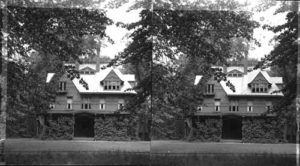
Charles Dudley Warner: 19th Century Writer and Social Commentator
Author Charles Dudley Warner penned significant volumes of work, leaving an impact through his enduring social commentary in the second half of the 19th century.
Read
Amos Bronson Alcott Changes the Way Connecticut Children Learn
Amos Bronson Alcott was an educator and reformer born in Wolcott, Connecticut and father to best-selling author, Louisa May Alcott.
Read
Carl Sandburg, Poet from the Grassroots, Reaches Connecticut Audiences
Popular poet, singer, and activist Carl Sandburg had numerous connections to Connecticut and promoted social reform in the early 20th century.
Read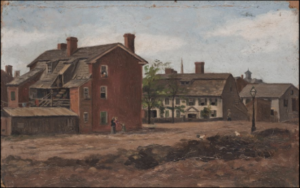
An Artist and Her Books: Amelia Watson, 1856–1934
Connecticut artist Amelia Watson’s works adorn some of the most elaborately designed and treasured volumes of the 19th and 20th century.
Read
Trouble in the Connecticut Suburbs: Revolutionary Road
In Richard Yates’s 1961 book Revolutionary Road, living in the Connecticut suburbs is held up as the ultimate badge of success.
Read
Reverend James Pennington: A Voice for Freedom
Having escaped from slavery in Maryland, this accomplished pastor, publisher, and freedom fighter challenged racism wherever he found it, even within the ranks of the abolitionist movement and the ministry.
Read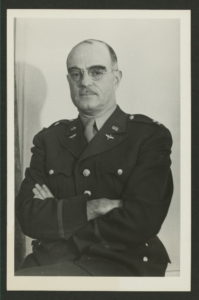
Hamden’s Literary Legend
Thornton Wilder, author of such renowned works as Our Town, The Matchmaker, and The Bridge of San Luis Rey, lived in Hamden for much of his life.
Read
A Life Lived in a Rapidly Changing World: Samuel L. Clemens
Samuel Clemens experienced America’s rapid change—from westward expansion to industrialization‚ the end of slavery‚ advancements in technology‚ and foreign wars.
Read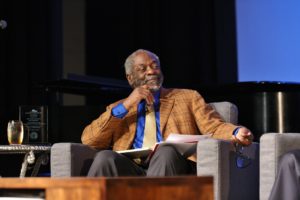
Hartford’s Les Payne, Trailblazing Journalist
Les Payne grew up in Hartford and became one of the best-known African-American journalists in the United States.
Read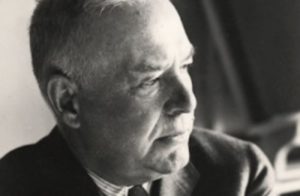
Poet Wallace Stevens Dies – Today in History: August 2
On August 2, 1955, the great American poet Wallace Stevens died at St. Francis Hospital in Hartford.
Read
Hope for the West: The Life and Mission of Lyman Beecher
Lyman Beecher was one of the most influential Protestant preachers of the 19th century, as well as father to some of the nation’s greatest preachers, writers, and social activists.
Read
The Hartford Wits
Eventually taking the name the “Hartford Wits,” influential figures of the 18th century got together to write poetry that documented the state of the times.
Read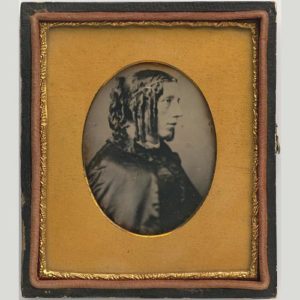
The Most Famous American in the World
In 1853, in cities and villages across Britain and Europe, throngs of admirers pushed to catch a glimpse of a barely 5-foot-tall writer from America whose best-selling novel had taken slavery to task.
Read
Sloan Wilson, the Man in the Gray Flannel Suit, is Born – Today in History: May 8
On May 8, 1920, American author Sloan Wilson was born in Norwalk, Connecticut. Readers know Wilson best for his 1955 book The Man in the Gray Flannel Suit.
Read
Connecticut: Home to the Boxcar Children Mysteries – Who Knew?
…that Gertrude Chandler Warner, a lifelong resident of Putnam, Connecticut, authored the popular series The Boxcar Children Mysteries?
Read
Arthur Miller dies – Today in History: February 10
On February 10, 2005, the award-winning American playwright Arthur Asher Miller died at his home in Roxbury, Connecticut, of congestive heart failure.
Read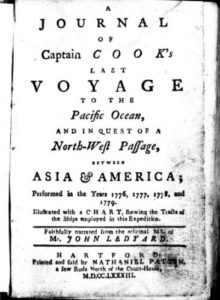
First General Copyright Law – Today in History: January 29
In 1783, Connecticut became the first state to pass a general colonial copyright law, entitled “An Act for the Encouragement of Literature and Genius.”
Read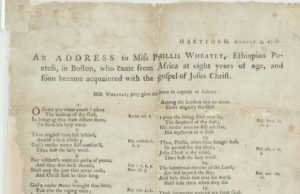
Hartford Publishes the First Literary Work by an African American – Who Knew?
Jupiter Hammon, who endured life-long enslavement, became the first African American writer to be published in America when his 88-line poem, “An Evening Thought: Salvation by Christ with Penitential Cries”, was published.
Read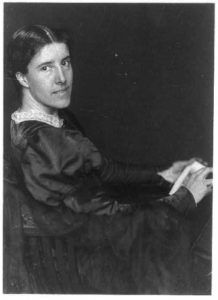
Charlotte Perkins Gilman Born – Today in History: July 3
On July 3, 1860, Charlotte Anna Perkins (Charlotte Perkins Gilman) was born in Hartford, Connecticut.
Read
Where Mr. Twain and Mrs. Stowe Built Their Dream Houses
This bucolic oasis on Hartford’s western edge became home to great literary talents, social reformers, politicians, and other nationally-regarded luminaries of the mid-to-late 1800s.
Read
Miss Huntley’s School Opens – Today in History: August 1
On August 1, 1814, a young teacher named Lydia Huntley opened a school for young women in Hartford.
Read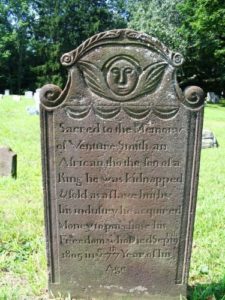
Venture Smith, from Slavery to Freedom
Smith’s account sheds light on the experience of enslaved and free blacks in 18th-century Connecticut.
Read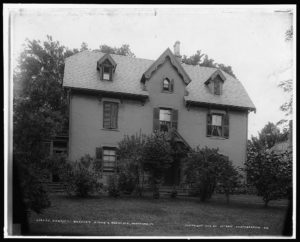
Hartford’s Nook Farm
This small enclave in the capital city’s west end became home to many of the 19th century’s most celebrated and creative personalities.
Read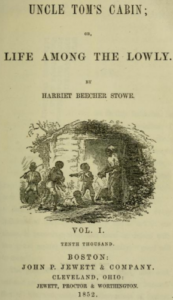
Uncle Tom’s Cabin Begins Serialization – Today in History: June 5
On June 5, 1851, the first chapter of what became the landmark novel Uncle Tom’s Cabin appeared in the National Era, an anti-slavery newspaper in Washington, DC.
ReadMore Articles




